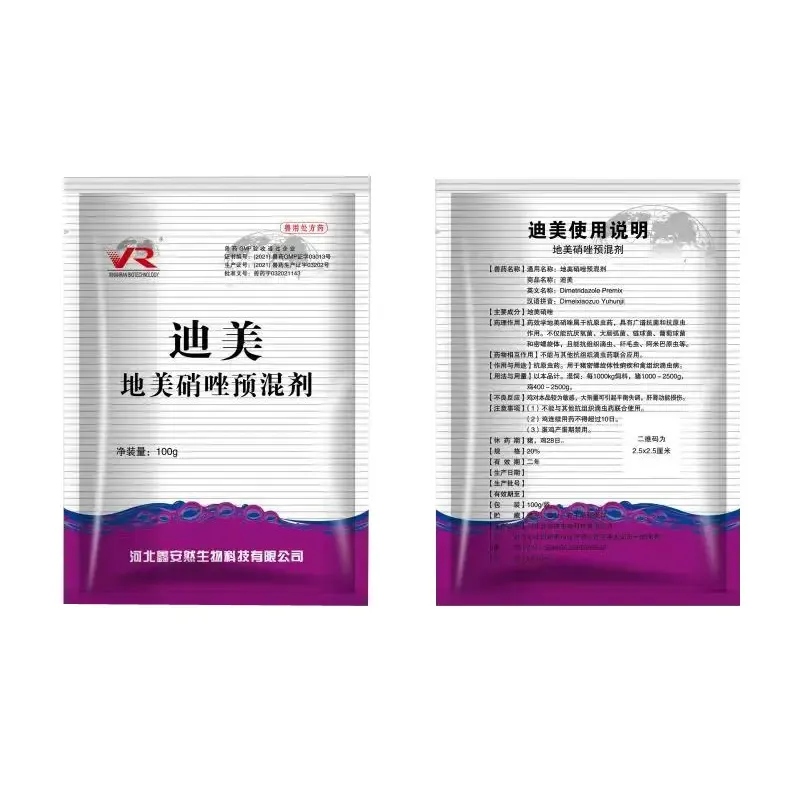- Afrikaans
- Albanian
- Amharic
- Arabic
- Armenian
- Azerbaijani
- Basque
- Belarusian
- Bengali
- Bosnian
- Bulgarian
- Catalan
- Cebuano
- Corsican
- Croatian
- Czech
- Danish
- Dutch
- English
- Esperanto
- Estonian
- Finnish
- French
- Frisian
- Galician
- Georgian
- German
- Greek
- Gujarati
- Haitian Creole
- hausa
- hawaiian
- Hebrew
- Hindi
- Miao
- Hungarian
- Icelandic
- igbo
- Indonesian
- irish
- Italian
- Japanese
- Javanese
- Kannada
- kazakh
- Khmer
- Rwandese
- Korean
- Kurdish
- Kyrgyz
- Lao
- Latin
- Latvian
- Lithuanian
- Luxembourgish
- Macedonian
- Malgashi
- Malay
- Malayalam
- Maltese
- Maori
- Marathi
- Mongolian
- Myanmar
- Nepali
- Norwegian
- Norwegian
- Occitan
- Pashto
- Persian
- Polish
- Portuguese
- Punjabi
- Romanian
- Russian
- Samoan
- Scottish Gaelic
- Serbian
- Sesotho
- Shona
- Sindhi
- Sinhala
- Slovak
- Slovenian
- Somali
- Spanish
- Sundanese
- Swahili
- Swedish
- Tagalog
- Tajik
- Tamil
- Tatar
- Telugu
- Thai
- Turkish
- Turkmen
- Ukrainian
- Urdu
- Uighur
- Uzbek
- Vietnamese
- Welsh
- Bantu
- Yiddish
- Yoruba
- Zulu
Nov . 17, 2024 13:50 Back to list
Enrofloxacin Injection Applications and Benefits for Canine Health Management
Enrofloxacin Injection Uses in Dogs
Enrofloxacin is a fluoroquinolone antibiotic commonly used in veterinary medicine to treat bacterial infections in dogs. It has garnered attention for its effectiveness against a broad spectrum of pathogens, making it a vital tool in managing various bacterial diseases. Understanding the uses, benefits, and precautions of enrofloxacin can help dog owners make informed decisions regarding their pets' healthcare.
Enrofloxacin Injection Uses in Dogs
Veterinarians often prescribe enrofloxacin for various conditions, including urinary tract infections, skin infections, respiratory infections, and gastrointestinal infections. For instance, if a dog presents with symptoms of a urinary tract infection, such as frequent urination, straining to urinate, or blood in urine, enrofloxacin may be selected based on culture and sensitivity results to address the specific bacterial culprit. Additionally, it is effective in treating severe wound infections, periodontal disease, and certain systemic infections where rapid intervention is necessary.
enrofloxacin injection uses in dogs

The injectable form of enrofloxacin is particularly useful in cases where oral administration may not be feasible. This can be critical for dogs that are vomiting, lethargic, or unwilling to eat, as the injectable form ensures that the medication is delivered directly into the bloodstream for immediate effect. In more severe infections, this form may allow for higher plasma concentrations, thereby enhancing therapeutic efficacy.
However, enrofloxacin must be used with caution. Its use is generally reserved for situations where culture results indicate susceptibility, and it should not be used for viral or fungal infections. Additionally, potential side effects include gastrointestinal upset, lethargy, and, in rare cases, neurological symptoms such as seizures. Some studies have also raised concerns about the risk of cartilage damage in growing puppies, leading to recommendations against its use in young dogs under a certain age.
Moreover, like all medications, proper dosing and duration are critical to prevent the development of antibiotic resistance. Veterinarians will typically base the dosage on the dog's weight and the severity of the infection, emphasizing the importance of adhering to the prescribed regimen.
In summary, enrofloxacin injection is a powerful antibiotic that plays a crucial role in treating bacterial infections in dogs. Its broad spectrum and efficacy make it an essential option for veterinarians, especially in challenging cases. However, its use should be carefully monitored to minimize risks and optimize outcomes. Pet owners should always engage in open communication with their veterinarians, discussing any concerns regarding the treatment plan, side effects, and the health of their furry companions. By doing so, they can help ensure the best possible care and recovery for their dogs.
-
Guide to Oxytetracycline Injection
NewsMar.27,2025
-
Guide to Colistin Sulphate
NewsMar.27,2025
-
Gentamicin Sulfate: Uses, Price, And Key Information
NewsMar.27,2025
-
Enrofloxacin Injection: Uses, Price, And Supplier Information
NewsMar.27,2025
-
Dexamethasone Sodium Phosphate Injection: Uses, Price, And Key Information
NewsMar.27,2025
-
Albendazole Tablet: Uses, Dosage, Cost, And Key Information
NewsMar.27,2025













